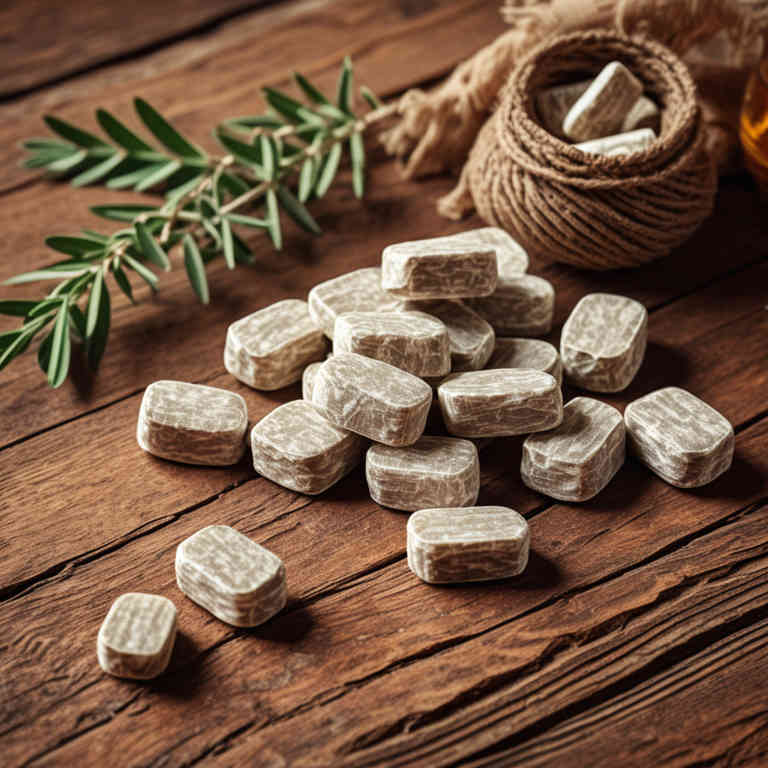Glycyrrhiza uralensis lozenge for medicinal use

Glycyrrhiza uralensis lozenge is a herbal preparation made from the dried root of the licorice plant, which is known for its sweet taste and medicinal properties.
It is commonly used in herbalism to soothe sore throats, reduce coughing, and relieve inflammation in the respiratory tract. The lozenge form allows for slow release of its active compounds, providing prolonged relief. It is also believed to support the immune system and has mild anti-inflammatory and antiviral effects.
This preparation is often used in traditional medicine for its calming and healing properties.
Uses
Glycyrrhiza uralensis lozenge has been used to soothe sore throats and alleviate respiratory discomfort for centuries in traditional Chinese medicine.
Historically, it was valued for its anti-inflammatory and expectorant properties, often prescribed for coughs and bronchitis. In modern times, it is still widely used as a natural remedy for throat irritation and as a component in herbal cough suppressants. The lozenge's active ingredient, glycyrrhizin, is believed to reduce inflammation and enhance the immune response.
Its continued use reflects both its historical significance and its recognized efficacy in contemporary herbal practices.
Benefits
Glycyrrhiza uralensis lozenge has health benefits such as soothing sore throats, reducing inflammation, and supporting respiratory health.
It contains glycyrrhizin, a compound known for its antiviral and anti-inflammatory properties. This lozenge may help alleviate symptoms of coughs and colds by calming irritated mucous membranes. It is also used in traditional medicine to support digestive health and balance stress-related conditions.
However, long-term use should be monitored due to potential side effects like increased blood pressure.
Constituents
Glycyrrhiza uralensis lozenge active constituents include glycyrrhizin, flavonoids, saponins, and various alkaloids.
These compounds contribute to the lozenge's anti-inflammatory, antiviral, and expectorant properties. Glycyrrhizin, the primary active component, is known for its ability to modulate the immune system and reduce inflammation in the respiratory tract. The flavonoids and saponins support mucosal protection and may help soothe sore throats.
This herbal preparation is commonly used to alleviate symptoms of coughs, colds, and throat irritation.
Preparation
To make Glycyrrhiza uralensis lozenge, begin by gathering dried Glycyrrhiza uralensis root, which is the primary ingredient.
Next, grind the root into a fine powder using a mortar and pestle or a spice grinder. Then, mix the powdered root with a small amount of honey or a sugar-free sweetener to create a thick paste. Shape the mixture into small, round lozenges using a mold or by hand.
Allow the lozenges to dry completely in a cool, dark place before storing them in an airtight container.
Side Effects
Glycyrrhiza uralensis lozenge may lead to increased blood pressure, fluid retention, and electrolyte imbalances due to its glycyrrhizin content.
Prolonged use can also cause hormonal changes, such as reduced potassium levels and increased cortisol-like effects. These side effects are particularly concerning for individuals with hypertension, heart disease, or kidney disorders. It is important to consult a healthcare provider before using this preparation, especially for long-term or high-dose consumption.
The lozenge is generally considered safe in short-term use for its soothing effects on sore throats and coughs.